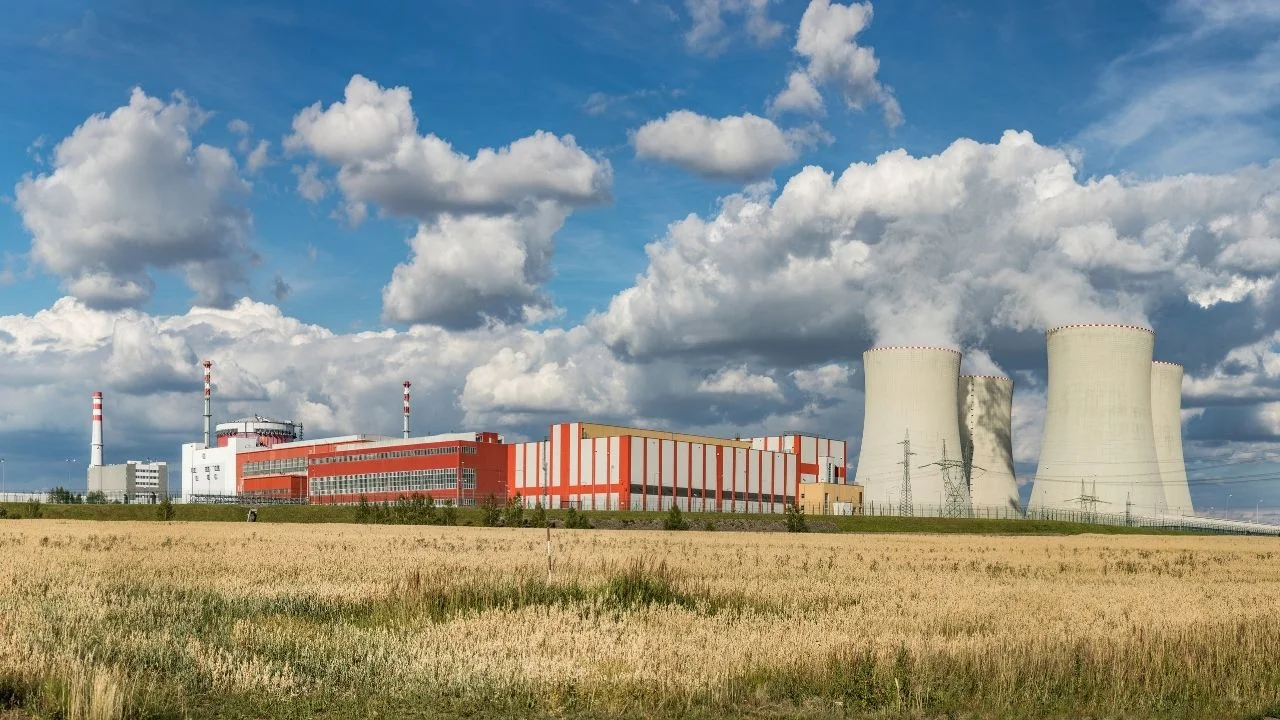This growth has been driven by a combination of factors, including government incentives, technological advancements, and increased awareness of the environmental benefits of solar energy.
Government incentives encourage the adoption of solar power
The US government has strongly supported the adoption of solar energy, providing a range of incentives and programs for citizens and companies alike – for example, the federal government offers a 26% investment tax credit for residential and commercial solar installations. In addition, many states offer their own incentives, such as rebates and tax credits, to encourage the implementation of solar panels.
Technological advancements mean solar power is more cost-effective than ever
As the desire for renewable energy grows, more research is going into improving the ways in which we convert the sun’s energy to electricity. Thanks to this research, the efficiency of solar power has increased dramatically in the last decade, growing from approximately 15% to 20% efficiency, saving individuals and companies money.
Promising research into new materials such as perovskites and organic solar cells, which have higher absorption rates and are more flexible than the heavy panels most seen, shows us solar power is heading into territory where it is not only cheaper to mass produce but lightweight and efficient.
Environmental benefits of solar energy
Solar energy plays an important part in reducing greenhouse gasses and working against climate change. It is a renewable energy, meaning it’s not depleted when we turn it into electricity. It creates no carbon emissions and causes minimal environmental damage to the earth while being farmed.
Another benefit is that often there is little to no additional infrastructure required to operate them. They can simply be placed on top of existing buildings and homes creating minimal damage and disturbance to the surrounding environment.

Challenges of Implementing Solar Energy in the US
While solar energy has many benefits, there are also challenges to implementing solar energy in the US. One of the main challenges is the cost of installation. While the cost of manufacturing solar panels has decreased significantly in recent years, the initial installation costs can still be expensive.
Pace is another problem. The electricity generated from renewable sources surpassed coal for the first time ever in the US in 2022; however, with the volume of new solar, wind and low-carbon projects moving rapidly, the electricity grid is struggling to keep up. In 2021, more than 8,000 projects were severely delayed at the final hurdle, waiting for permission to connect to electric grids at the end of the year.
Another challenge is the variability of solar energy production. Solar energy production depends on sunlight, which can vary depending on the time of day and weather conditions. This can make it difficult to predict and manage energy production .
Between the hot dry weather of California, the cold Alaskan winters, and the tropical temperament of Hawaii, the US climate is a vast one at that. The large variation in climates means renewable energies thrive in different locations and are less efficient in others. So, while solar is working best in locations such as California, offshore wind is growing quickly on the East Coast.
Solar Energy Production in the US
Solar energy production in the US has grown significantly in recent years. In 2020, the US produced over 80,000 megawatts of solar power, making it one of the world's largest producers of solar energy. The US also has some of the largest solar farms in the world, including the Topaz Solar Farm in California and the Solar Star project in California. The US is among the
top countries leading the way with solar power.
Solar Energy's Contribution to the US Power Grid
In 2020, solar energy accounted for 3.3% of the country's total electricity generation. This has helped to reduce the country's dependence on fossil fuels and improve the sustainability of the energy mix.
In addition, solar energy can provide energy security by reducing dependence on foreign oil. This can help to reduce the impact of price fluctuations in the global oil market on US energy prices.
Where are the biggest solar projects in the USA?
The United States Department of Energy plans to have 35% of electricity generated through solar energy by 2035 and 40% by 2040, and with
several new renewable energy projects popping up across the US, they are on the right track. Currently the three biggest solar farms in the US sit in sunny California.
- The Solar Star projects have over 1.7 million solar panels and produce enough electricity to power approximately 255,000 homes. The operation spans approximately 3,200 acres. Helped by a single-axis tracker that follows the sun’s trajectory, these panels produce 25% more energy than your standard solar panel.
- Topaz Solar Farm is another one of the world’s largest solar farms, it contains 9 million modules and spans across 4,700 acres, creating enough electricity to power 180,000 homes.
- The Ivanpah Solar Power Facility sits at the base of Clark Mountain in California and utilises the sun’s energy differently to your average solar farm. This 3,500-acre facility uses mirrors to turn solar energy into thermal power, reflecting the sun’s rays across three solar power towers where water boils to produce steam. The electricity generated by this method can power approximately 140,000 US homes.
Future of Solar Energy in the US
The future of solar energy in the US looks bright. The cost of solar panels is expected to continue to decrease, making solar energy more accessible and affordable for consumers. In addition, technological advancements in energy storage and grid management are making it easier to manage the variability of solar energy production.
As the US continues to move towards a more sustainable energy mix, solar energy is expected to play an increasingly important role. By reducing dependence on fossil fuels and improving the sustainability of the energy mix, solar energy can help to create a cleaner and more sustainable future for the US and the world.
Are you ready to be part of the future of the energy industry?
NES Fircroft’s expert recruitment teams recruit engineering and technical professionals for global roles with some of the biggest names in energy. You can
view all our open vacancies or
register your CV with us today for free to ensure that you’re first in line for future jobs in this expanding industry.














